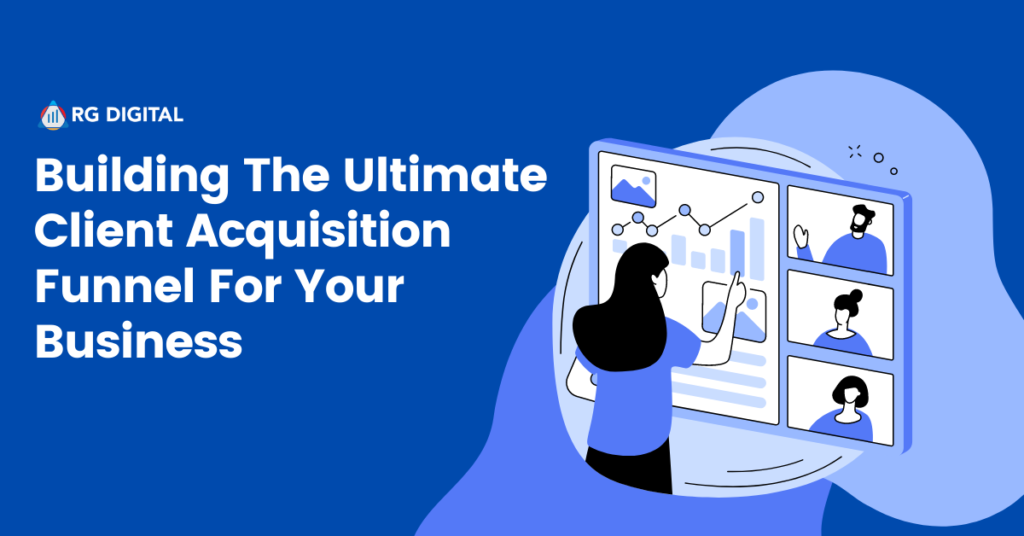
Creating a customer acquisition funnel is key when it comes to scaling any business both online or offline. Without a steady flow of new customers you pretty much depend on your existing customer base for all of your revenue.
Most businesses without a predictable growth system will plateau and eventually die out over time.
Having worked with several founders of bootstrapped startups over the last 5 years I have created client acquisition systems that have scaled companies to 50+ employees.
Please don’t think I am bragging or anything….it’s the truth. I know how to create customer acquisition funnels that profitably scales any business.
Yes, any business. The process and the core principle do not change, whether you are selling custom pools, your professional service or a SaaS software for B2B companies.
In this guide I will share my 4 step system of creating a customer acquisition funnel that you can implement in your own company.
You are welcome!
Quick Disclaimer: This is my number one strategy for any company generating annual revenue less than $8million USD. Marketing gets quite different once you have an established base of customers and a carved out authority in your niche.
The Building Blocks Of A Customer Acquisition Funnel
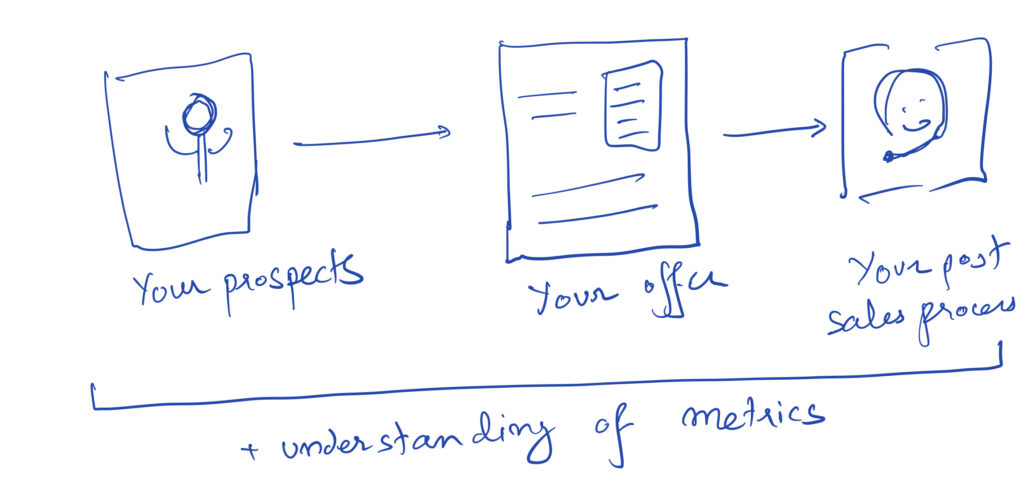
Before we dive into the 4 steps of creating a customer acquisition funnel, let me show you some of the building blocks you would need for the funnel to actually generate tons of revenue for your business. It involves elements not just from marketing but as well as your product positioning and sales reps.
Your Prospects – You should not spend a dime if you do not have a concrete idea of who your prospects are and what your ideal customer looks like. Once you nail down on your prospects you can start creating the perfect plan to get their attention (more on that later)
Your Offer/Service/Product – The most vital piece of scaling your business is to create an offer/product that solves a key pinpoint for your target market. The stronger your offer the easier it is to scale. Having said that I completely understand that finding the right offer takes a bit of A/B testing, but you will get there with this 4 step guide.
Your Post Inquiry Sales Process – The third building block for a customer acquisition funnel is the experience of the prospect post in inquiry. Usually if you are selling coaching, services or B2B SasS, it involves a sales rep getting on a zoom call to do the main pitch. There are a few key elements and strategies to make this part of the process more efficient. Without a decent close ratio your marketing CAC will be quite high and it is the single biggest factor that affects profitability.
Your Understanding Of Client Acquisition Metrics – The next building block is something I was surprised by when I found out that most founders have no idea about some of the key metrics for the client acquisition journey. I will cover some of the key metrics as part of your acquisition strategy below. For now, understand that you need to track all of your metrics to eventually tweak and improve your funnel.
Few Terminologies That You Should Be Familiar With In Your Customer Acquisition Funnels
Total leads – Total number of leads that your funnels are generating.
Sales Qualified Leads (SQL) – Out of all your leads how many are actually sales qualified. The criteria has to be pre-determined by your sales and marketing team. You can also take a look at our guide on the right way to deploy MQL and SQL in your organization.
Conversion Rate on Landing Page – What is your landing page conversion rate? Meaning how many visitors are submitting the form on your landing page. Optimizing your landing page for the best possible conversion rate is critical in ensuring that overall cost per lead stays low.
CAC: ACV Ratio – This is called the CAC (Customer Acquisition Cost to ACV (Average contract value ratio). This metric determines how scalable is your business especially if you are bootstrapped. A benchmark ratio of 3:1 allows you to scale fast without injection of additional capital. Meaning, if you are spending $1k on marketing to generate a sales of $3k, in most cases the unit economics are scalable. The higher the CAC: ACV ratio the better.
Lead Close Ratio Of Sales Team – This metric also plays an important role in controlling your CAC (Customer Acquisition Cost)
Now that you have a rough idea of some of the metrics that we need to track when building out the client acquisition strategy, let’s take a look at the actual 4 step system to building one out in the first place.
4 Steps For Your Customer Acquisition Funnel
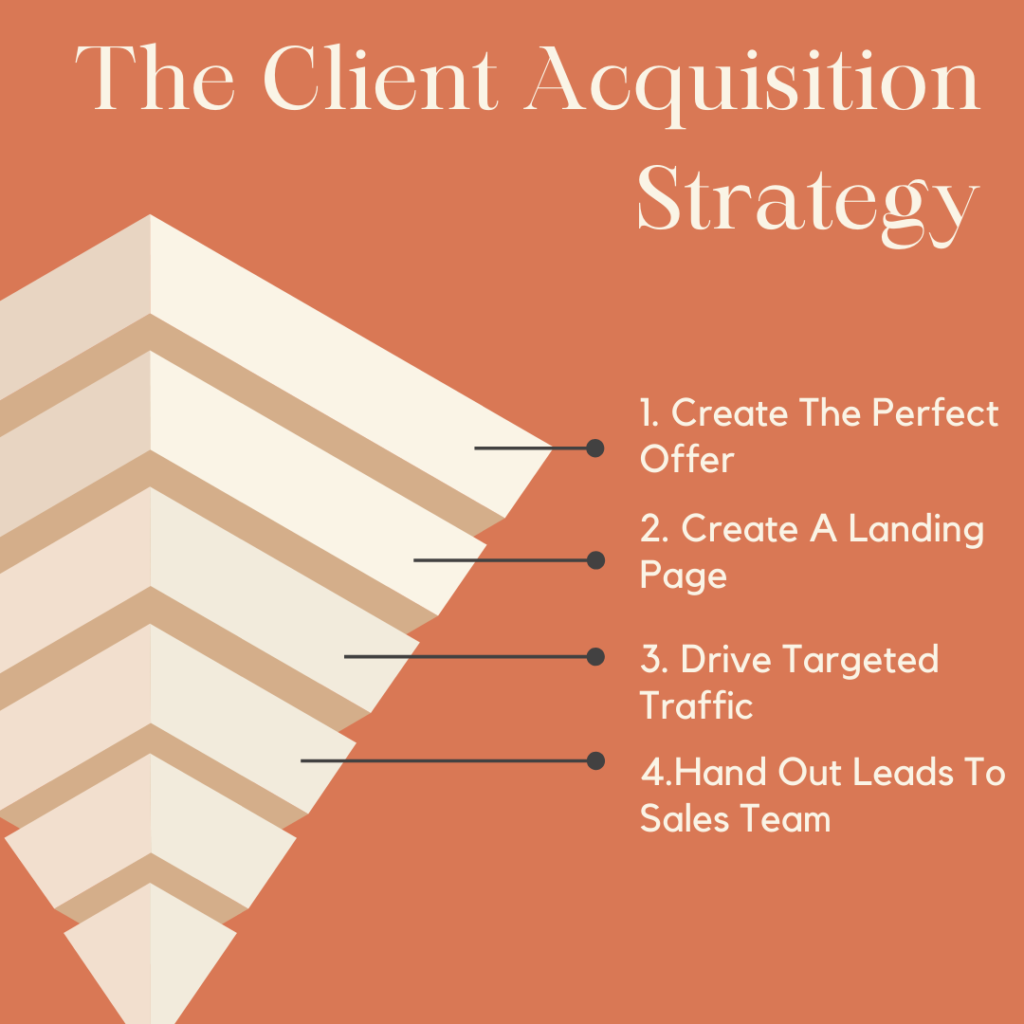
Here are the exact steps steps:
- Create the offer that aligns your sales and marketing team
- Create a landing page with the offer where you can drive traffic to
- Run paid and organic ads to your landing page
- Train your teams with the right script, followups and re-engagement strategy (most important)
Step 1: Create The Offer That Aligns With Your Sales & Marketing
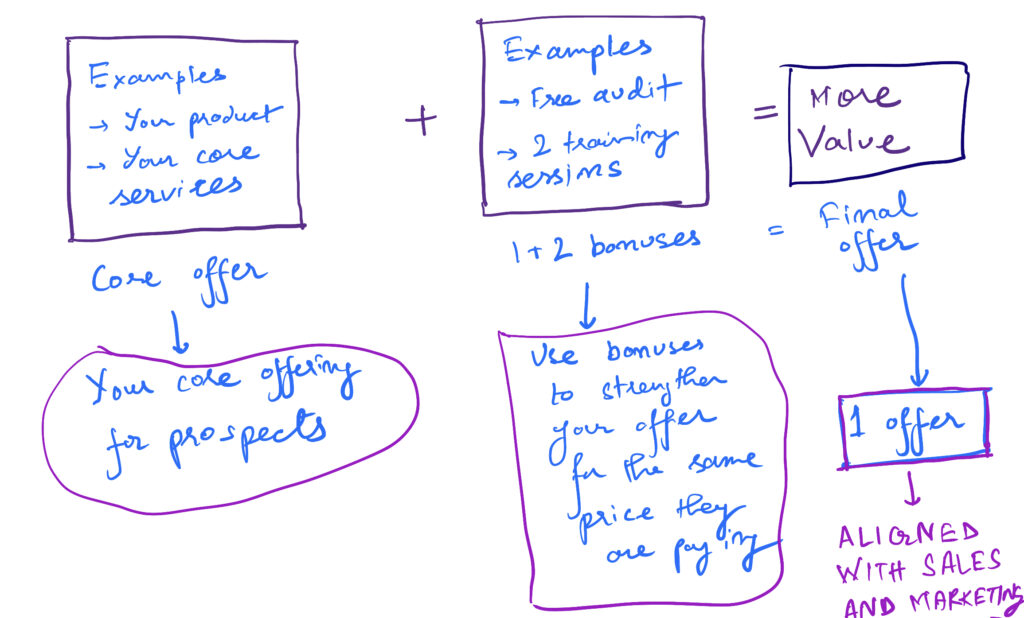
There is a famous saying by someone I can’t remember that goes like “it’s now what you sell, but how you sell it that makes the difference”.
I couldn’t agree more. Out of all the softwares and services I came across in my marketing career so far, one factor that that separates the successful ones from the rest is how they present the overall offer to their prospect.
In fact, the main goal of this offer it so identify a pain point that prospects can relate to. Once the prospect aligns with you on the pinpoint you present them with the solution as part of the offering or a CTA they need to initiate to find out the solution (like book a demo).
Remember – “Features tell, benefits sell”. So when you are crafting the offer always use this phrase as a guide to what you want to say to your prospects when they land on your landing page.
A Quick Tip On How To Create The Messaging For Your Offer/Service
One of the primary reason why most companies fail to scale their revenue is because of a lack of offer positioning.
Offer positioning is so critical that it can single handedly affect all parts of your customer acquisition funnel.
The best offers/product/services are the ones that can easily solve a real issue in the industry combined with a 1-2 punch combo.
Yes you heard that right. So what do I mean by a 1-2 punch combo…
This means that not only does the offer solve a core issue or a pain point that your prospects are facing but you also need to package it with 2 or more sub offers that make the original offer look way stronger in relative to the price they are paying.
Please keep in mind that when you are creating an offer, it does not mean you have to give heavy discounts to justify a good deal. In fact sometimes it’s better to add more value than to discount the cost.
Here’s a real world example of how an offer package works:
Let’s say you sell marketing services to lawyers and you have your standard set of packages for designing a website, running PPC ads etc. that you pitch to them once you connect.
Instead I would challenge you to create a accelerator program for lawyers looking to generate 2-10 new clients. The accelerator program will feature everything including new website, go to market strategy, landing page design etc. for a flat rate and you only work with one lawyer per local area so that there is no overlap.
Now the two bonus offers in order to create urgency
Add a free website audit + 3 months of free maintenance (included with the package)
Add a complementary SEO Audit (included with the package)
I mean, you can come with other better ones, this is just an example to show you how to package your offers and make them look more compelling for the prospects.
Step 2: Create a landing page with your offer and CTA
One your value offer is set, the next step is to build out a landing page that showcases the offer, or parts of an offer with a clear call to action for prospects.
Here are the 3 main building blocks for creating the perfect landing page to showcase your offer that will generate tons of interest
Use The Headline to Get Their Attention Right Away – The first thing someone will notice in a well designed landing page is the top headline.
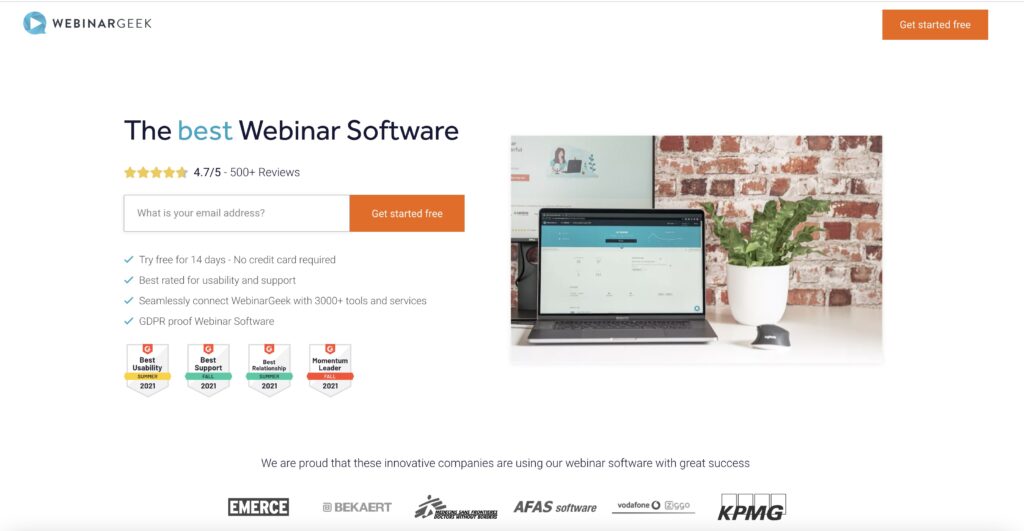
Use An Engaging Video To Deliver The Message – If you are selling an info product or even SaaS, it’s always recommended that you add a video that is short, to the point and clearly explains the next step the user need to take (aka the Call to action).
Make the call to action prominent and above the fold for mobile – This is another tip that will help improve your landing page conversion rate. Always make sure that the call to action button is clearly visible and stands out from the rest of your content. Another best practice is to use the button multiple times throughout your landing page or a floating area on mobile.
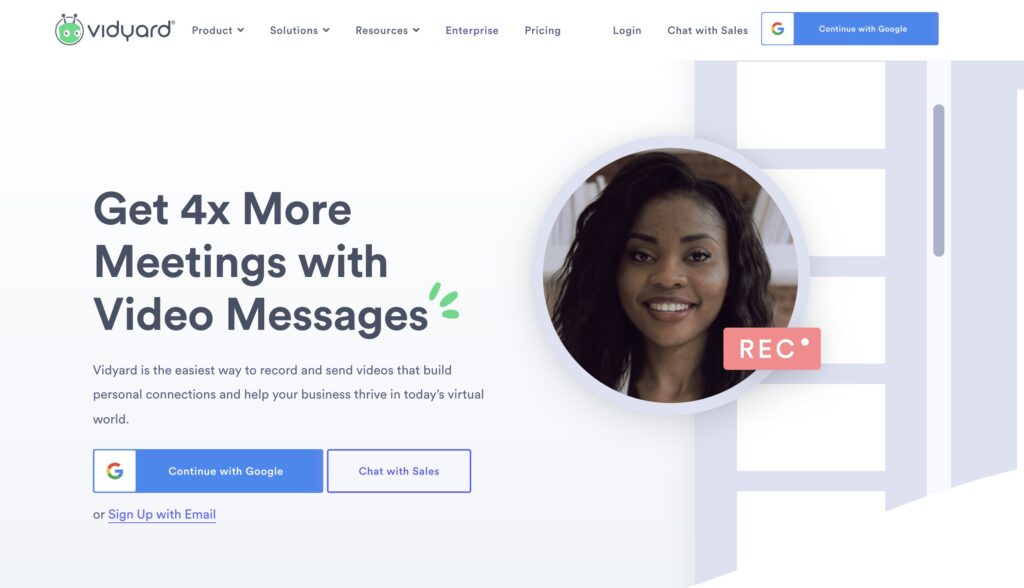
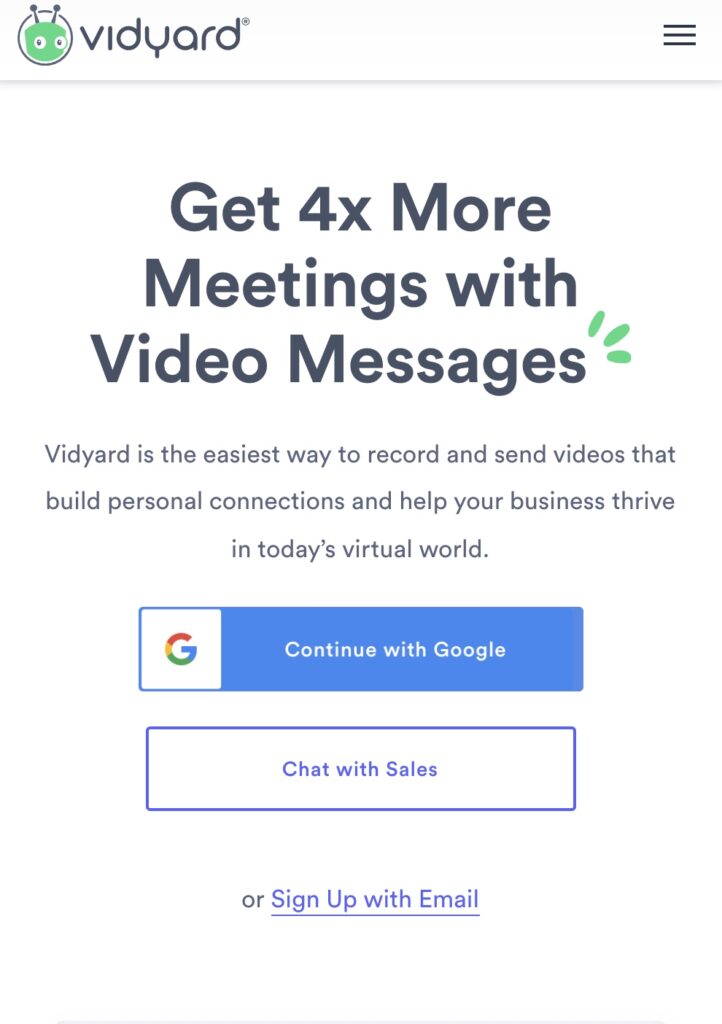
In summery, the three main building blocks for selling and scaling any offer online when it comes to your landing page:
- a eye-catching headline
- an engaging video
- easy to identify CTA button
Step 3: Getting Relevant Traffic To Your Landing Page
Now that you are locked in on the offer and you have a beautiful landing page for it, the next step would be to create a strategy where you start generating relevant traffic to your landing page.
If you remember, in the beginning of this guide we went over some of the common terminologies to scale and build a client acquisition system.
Most of the terminologies are for this stage when you are deciding to go with paid traffic.
But…what about organic traffic? Do I have to get paid ads from day 1?
This is a common question that I get from a lot of business owners looking to scale their revenue. The answer is simple.
Yes, organic traffic is important and you should definitely invest a part of your overall revenue in building organic content that generates traffic for your offer.
However, in the beginning it is absolutely essential to start with paid ads targeting your prospects because:
- It will give you vital intel faster that any organic funnel
- It will help you tweak your offer better to improve overall ROI from your client acquisition system.
- If you find that the funnel is working, paid ads can be scaled very easily. You can ever hire a marketing agency to take care of that for you.
Your Audience & Paid Channels – Two Pillars Upon Which Your Customer Acquisition Funnel Will Be Built
The audience that you are targeting directly determines your cost to acquire a lead (well almost 80% at least).
If you are targeting B2B marketing executives, your traffic and CPM will be way higher compared to targeting let’s say small business owners.
However, don’t be scared with these high costs because the chances are you will also be selling a product/service that iso a higher price point to these B2B executives.
The other pillar for scaling your customer acquisition is to figure out the types of paid channels that you can buy ads on.
Here are some of the most common paid channels you will be using depending on your target audience:
- Running Facebook & Instagram Paid Ads
- LinkedIn Ads
- YouTube Video Ads
- Buying Sponsored Posts & Banner on Popular Sites visited by your target market
- Google PPC Ads
- Tik Tok Ads
- Twitter Ads
- Ads on Reddit
- Paid placement on agency directory sites like Clutch or G2 Crowd
The good thing about using more than one channel is that you are likely to scale better. However, I recommend you first start with one channel and optimize the offer on it. When you have a clear understanding of what your CAC is, for that channel then you can scale out to other ones.
Remember, when scaling to other marketing channels you may need to tweak the funnels by creating content that is optimized to perform better for that specific channel to maintain a good ROI.
With over $40 billion dollars being spent just on social media ads in the US last year, you have to take an omni channel approach when it comes to your marketing in order to sustain the client acquisition growth.
Top or bottom of the funnel approach – which strategy to begin with for paid ads to your landing page?
Always begin with the bottom of the funnel approach when testing out a new offer or landing page explaining your product for PPC ads and Facebook Ads.
Wait what? What about nurturing the leads and converting the leads into paid customers?
I am not saying nurturing your audience is not important. It is. But your primary goal when starting out with a new campaign to scale your customer acquisition is to figure out if the offer even makes sense for your audience.
You need to spend the least amount of money and generate sales so that you can evaluate and tweak your acquisition strategy and make it more profitable.
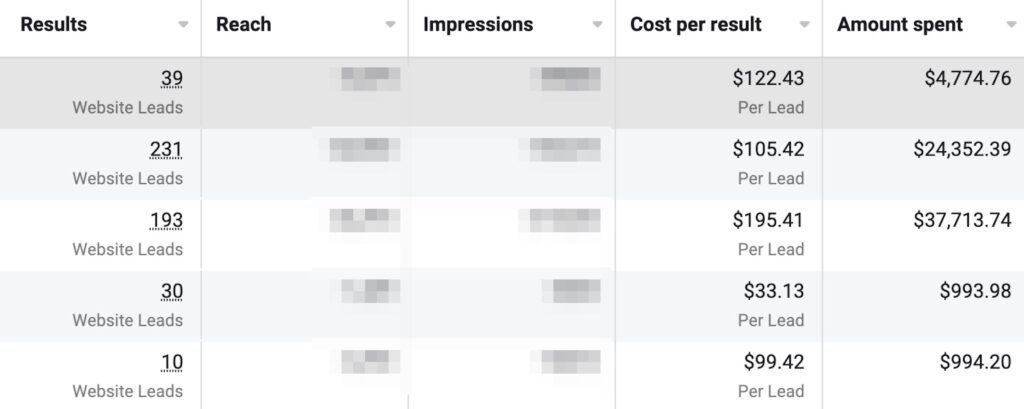
Sometimes depending on the industry you are in, maybe you need to come up with a webinar first and sell the attendees about your product on the webinar.
Generally if you are selling a B2B product, focus on a funnel that gets people to opt in for a demo by visiting your landing page. The most important factor here is targeting the right people so that your sales team can have a good close ratio.
Above all, when it comes to generating traffic, keep it simple.
Step 4: Converting Your Leads From Your Landing Page Into Paid Customers
The final piece of the the puzzle is to convert your leads into sales. This is what determines how profitable is your funnel out of all the 4 steps.
Now that you know how to create an offer, create a landing page for that offer and generate targeted traffic to it, let’s talk about sales.
Yes…sales, the lifeline of your company. No company can scale without a reputable sales process or strategy. Take a look at any successful company on the planet, they are successful because they have figured out this crucial step.
Build Out Your Sales Playbook Based on Data From The First Few Sales
It all starts with the proper sales playbook. Your playbook should outline the entire sales presentation, the slides your team should go over as well as any sales objection questions and how to handle them.
One thing I have noticed time and again working with various companies is that different sales reps are pitching the product differently to the prospects. What this does is create more confusion as to which version is working and how you can improve it.
Always make sure that all of your sales reps are using the same format and the same discovery questions when engaging with a lead.
The sales playbook should be updated often and sales managers should do 1 on 1 or ever group practice sessions to create better alignment among your sales team.
Use the Right CRM & Tools To Make Your Sales Team Productive & Master The Art Of Follow Up
When your sales team have the playbook ready its time to look into your actual software stack that your sales team will be using to manage all the leads as you scale.
When you are starting you, you can do away with spreadsheets because you will be getting only a few leads every day. However, when you start scaling your funnels, your lead volume will increase quite a lot.
This is when you need to invest in a CRM. My favourite CRM is Hubspot and you can get started for free. There are other options out there as well.
The goal is to improve the discovery and follow up process while working with an increased number of leads.
Although I can cover a whole book (like literally), on this topic, I will share some of the best practices you should implement in order to make your sales team more productive.
- Standardize your lead dispositions and training for the CRM
- Use sequences to automate outbound or outreach emails for top of the funnel leads. If you are on a Hubspot Sales enterprise plan you trigger sequences using workflows.
- Listen to call recordings and give feedback on a daily basis to your sales reps
- Train your sales reps on the kind of offers and discounts that are approved. Add them to the playbook if possible.
- Invest in a good headset for your sales team (this is so so important)
- Review the pipeline of each and every sales rep every single week to find out where they are lacking.
In the end, keep your team motivated with a good commissions structure and short term rewards.
In Conclusion The 4 Step Strategy Just Works
When I started writing this guide, I never thought that it would be this long. The truth is, I had to break it down for you so that you can follow every step.
Use this framework, create your offer package and give it a go and I promise you will see results. In fact, this is the exact same framework I have used and will be using to scale the customer acquisition for the companies I work with.
Please feel free to reach out if you have any questions or you need help with any of the steps in building out your funnel to scale your business.

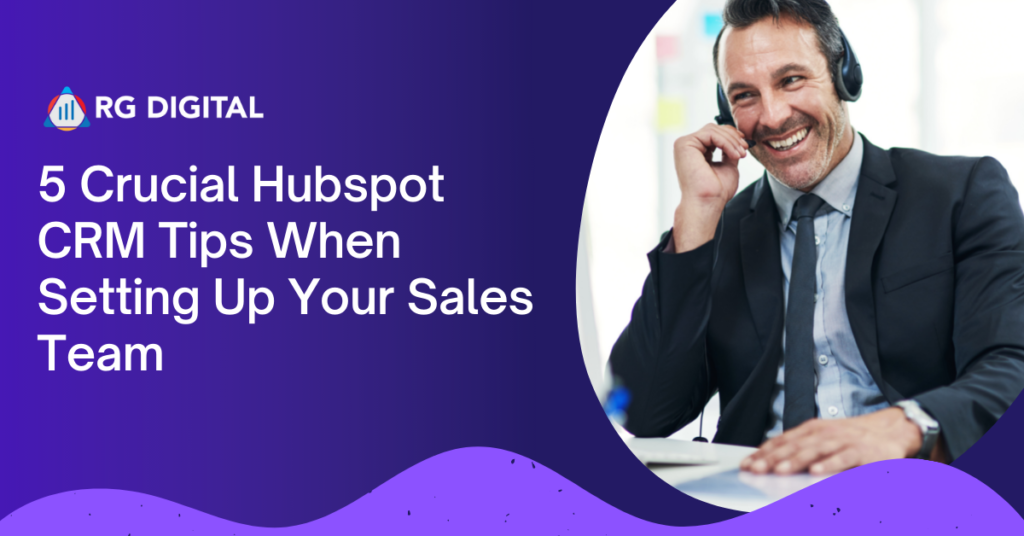
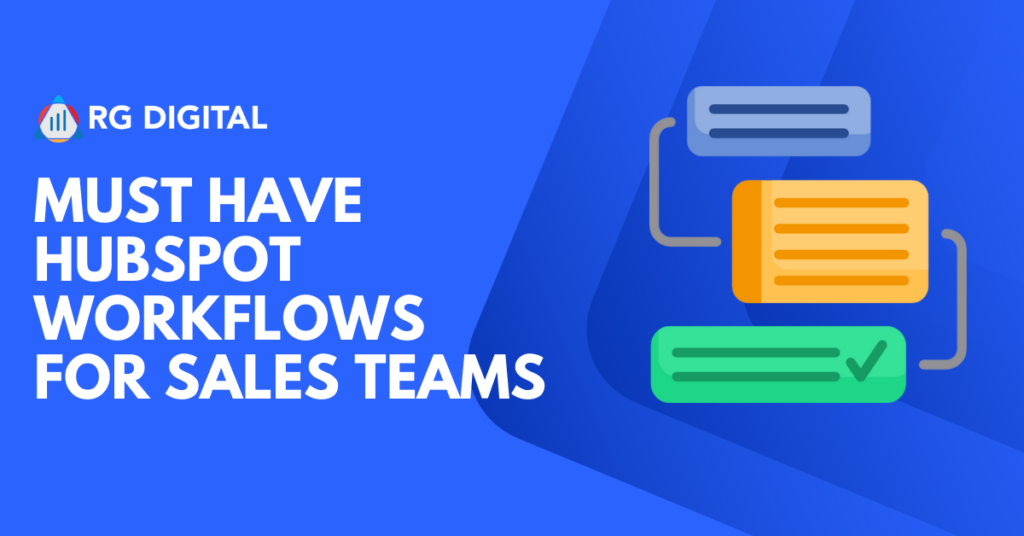
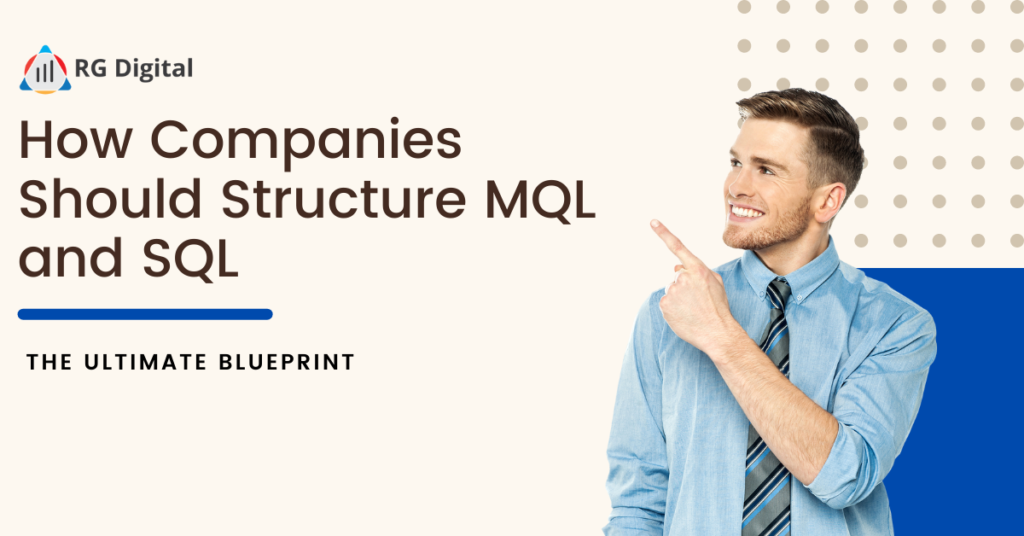
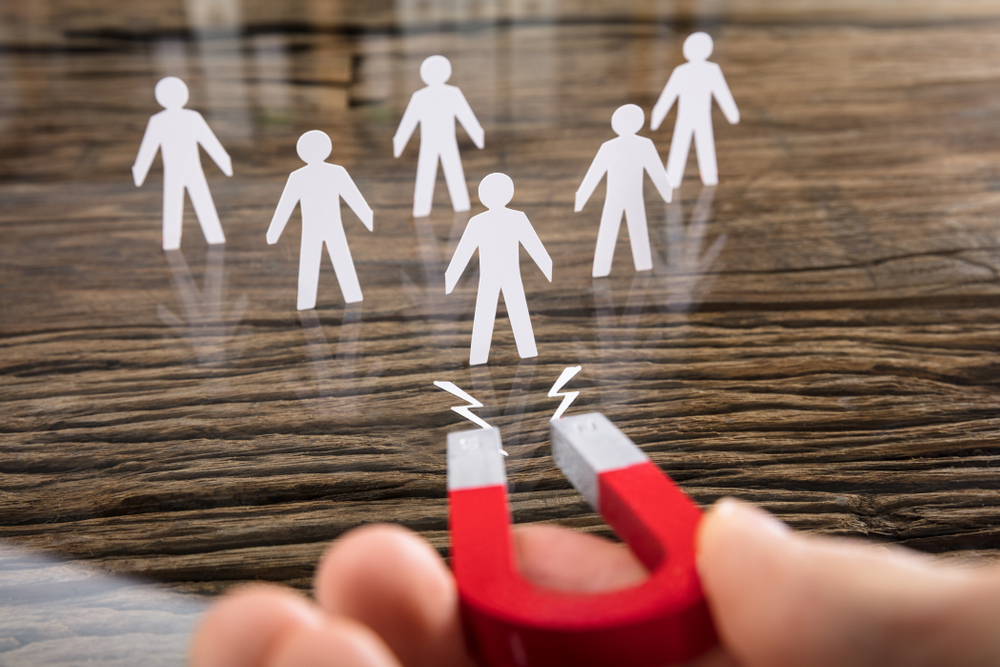
0 Comments